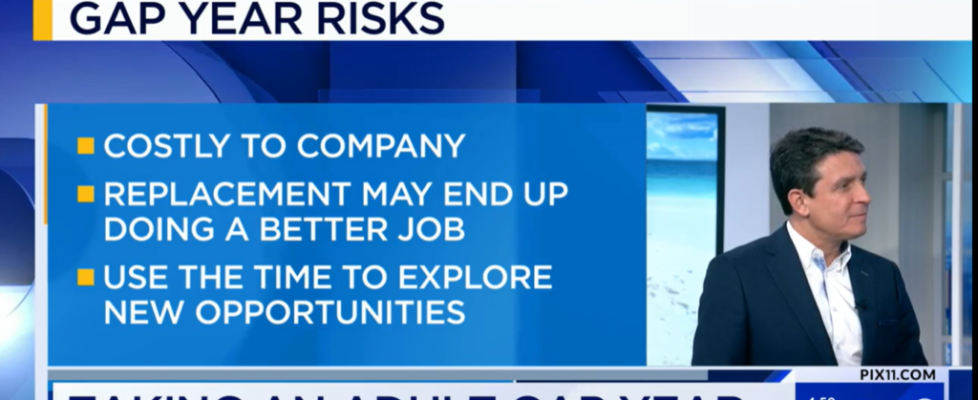Starting a business is easy enough, but running it can be complicated. One set of skills is needed
to launch a business, and another set is required to expand sales and profits. And let’s face it;
not all businesses get it right. In fact, 20 percent of new companies fail in their first year, and
only half will survive past year five.
Most business owners will face challenges, make mistakes, or miss opportunities. If they don’t know
how to navigate tricky waters, they can quickly find themselves in real trouble.
Beating the Odds
Working with a team of experts is one of the best ways to beat the odds. And forming an advisory
board is an incredibly effective way to routinely access expertise from various fields. An advisory
board is a secret weapon that allows entrepreneurs to make well-informed decisions. It amplifies
the skill and experience of the primary decision-maker and helps them avoid costly mistakes.
The board’s primary function is to provide access to business expertise. It should include a
skilled business attorney, a tax adviser, and an accountant. Sometimes the same person handles two
of these roles, but it’s wise to consider keeping them separate to allow specialized focus on
different aspects of the business.
Who Should Be on Your Advisory Board?
Include a board member who understands key performance indicators and critical paths to success.
They know how to set attainable goals, push growth, and measure success. This individual should be
able to measure the company’s performance against competitors and spot challenges and opportunities
early on.
As a firm grows, the advisory board may also develop. The experience of retired CEOs, business
owners, and industry specialists all bring additional expertise.
Accountants can also add real value. They can act as a reality check for proposed expenses or
expansions.
What do Advisory Boards Do?
To responsibly drive growth, boards must handle various tasks. Here is a typical to-do list for
advisory boards:
• Determine or refine unique selling point
• Continually research competition and provide updates
• Benchmark sales, profits, expenses, and growth
• Evaluate capital investments and payback timelines
• Assess expansion opportunities and weigh risks
• Evaluate price, product, and service offerings
• Review profit and loss statements
• Refine and improve billing, inventory, and shipping strategies
• Ensure tax compliance and identify strategies for tax savings
• Proactively identify legal concerns and ensure compliance
• Optimize salaries, staffing, and hiring
Who Manages the Advisory Board?
At every stage, a strategic advisor will help manage the advisory board. A consultant or coach can
fill this role. They run board meetings and use owner feedback to create agendas. They also
coordinate follow-up and ensure each board member contributes.
Using a strategic facilitator, the business owner can serve as one member of a team instead of the
ruler. The advisor is there to see the whole picture, allow all voices to be heard, and make
educated decisions about the next steps. It’s a specialized set of skills but critical for
continued business success.
Set Up Success
Formally creating an advisory board and using a facilitator to drive progress is one of the most
effective ways for your company to set up for long-term success. Boards can compensate for blind
spots, reduce tunnel vision, or avoid tripping over profit-draining surprises. When the owner
encourages a team of experts to improve the business, they not only improve the
survival rate but also create a path to long-term profits and growth.












































































